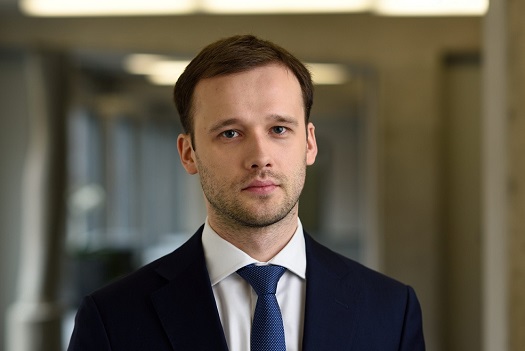Nordea Economic Outlook: Baltics facing a hurdle race
Headwinds to global growth and manufacturing, soft Euro area growth outlook coupled with uncertainties surrounding Brexit and geopolitics limit export and investment-led growth opportunities in the Baltic countries. While consumers remain immune to the hostile external environment, moderation of growth potential can surface without acceleration of investments to export potential in the medium-term. Subdued growth in Estonia, Latvia and Lithuania will reach 2.6%, 2.8% and 3% respectively in 2017. Expect a soft recovery in inflation coupled with considerable growth risks in an environment of heightened uncertainty.
Domestic demand remains the key growth engine in the Baltics
Baltic open economies will face noticeable economic headwinds from the subdued world trade and sluggish growth outlook for advanced countries in particular. Together with heightened geopolitical uncertainty facing Europe, this will inevitable dampens recovery of export revenues and related investments. Domestic demand remains the key growth engine in the Baltics.
Cyclical recovery in the Baltic countries to continue
Not only has the annual expansion in advanced countries slowed down to a mere 1.5%, but unfortunately also next years’ outlook points only to a marginal cyclical recovery. Slow growth of productivity and wages in context of a long period of low rates suggests that a number of structural factors (characteristic to secular stagnation) continue to taper growth rates. Moreover, the slowdown and economic transition of a Chinese economy from a manufacturing powerhouse to an increasingly services-driven economy will constitute a major megatrend challenging exporter’s revenues also as far as in the Baltics. Going forward in this context a close to 3% growth in world growth and trade with contained increases in goods prices might well be a new norm we should get used to. Similarly to Euro area we forecast a cyclical recovery in the Baltic countries to continue, mainly driven by private consumption and with a hefty support from housing markets.

Domestically driven growth in Baltics will be coupled with notable labour market strength going forward. Unemployment rate in Latvia and Lithuania is expected to decline by no less than 2.6 and 1.1 % during 2015-18. On the contrary, in Estonia unemployment is expected to creep up despite stable labour demand by a staggering 3% as a labour market reform aiming for raising the employment of disabled persons will enter a new phase.
Baltic countries will remain in the top league of EU countries in the wages race
Gross wages will top at no less than 8% y/y in Lithuania followed by Estonia (ca 6%) and Latvia (ca 4.5%) in 2016. Given the constrained export outlook, wage growth is expected to moderate towards 4% pace by the end of the forecast period. The difference in wage levels with European and Nordic peers will remain substantial, giving rise to the risk of population decrease, albeit at a slowing pace, via emigration. Broad-based improving of living standards is hence crucial to be able to contain the population decline, which has been substantial in the aftermath of the global crisis: -2.5% in Estonia followed by -12.6% and -15.5% in Lithuania and Latvia during 2006-2015. Latvian economy is a remarkable positive example that there is good foundation for solid growth having internal and external balances in order, strong public finances and recovering investments. Long-term sustainable growth depends largely on productivity growth.
As current bold consumption frenzy moderates, not least by decelerating employment growth and recovering inflation, the Baltics will be running a hurdle race to enhance export revenue in context of above-mentioned macro headwinds. The key challenge for the productivity convergence towards Euro area average rests first and foremost upon investments into knowledge-based dynamic economies and labour market structural reforms. Given low euro rates for longer, strengthened balance sheets and ongoing wealth accumulation, housing market outlook remains promising in Baltics. Expect a turnaournd as well in the Latvian housing investment, which by the way remains the second lowest in the EU. Last but not least, given the tight election calendar in 2016/17, it would be appropriate to wish Good luck!
Link to our Economic Outlook docs.nordeamarkets.com/EconomicOutlook/NordeaEconomicOutlookEnglish32016/

